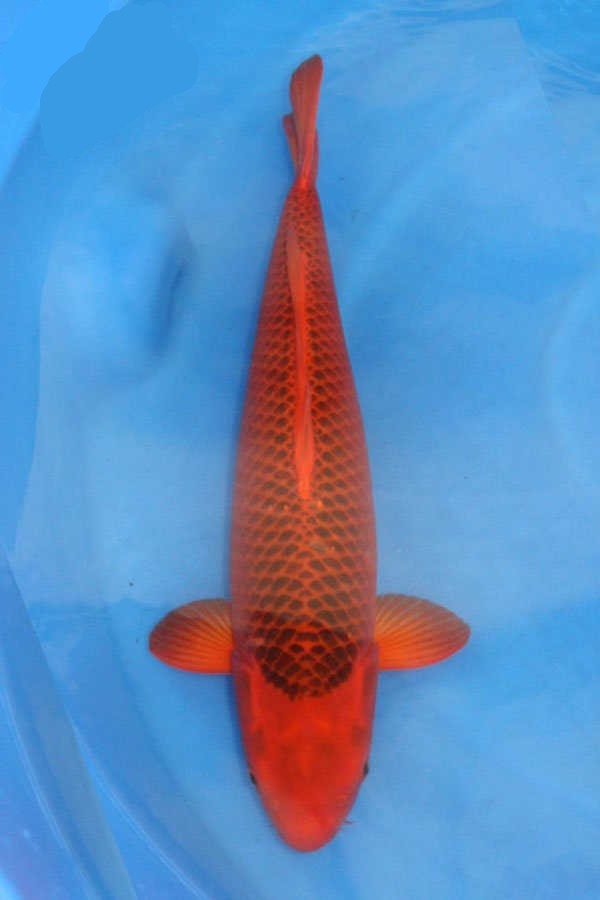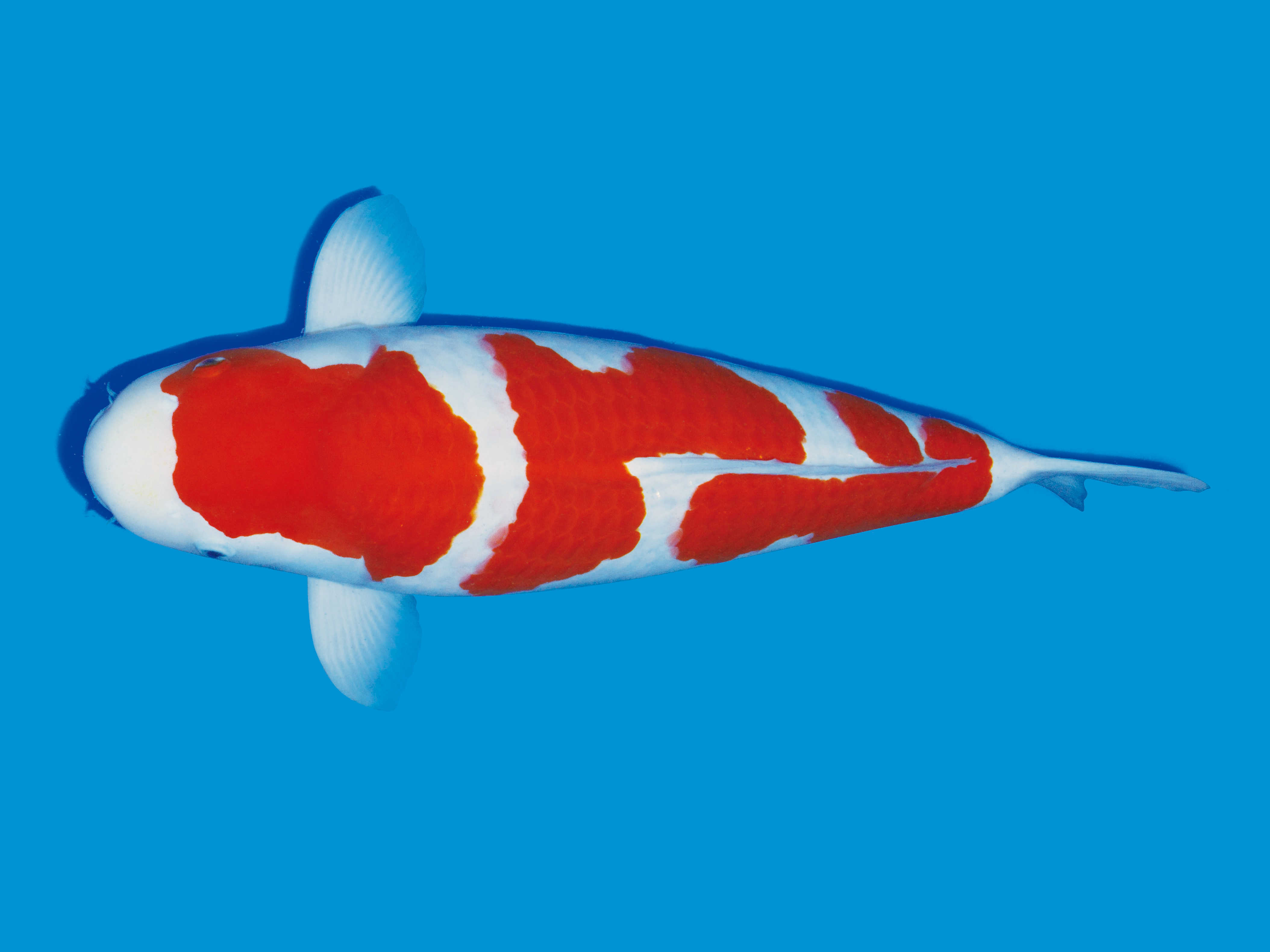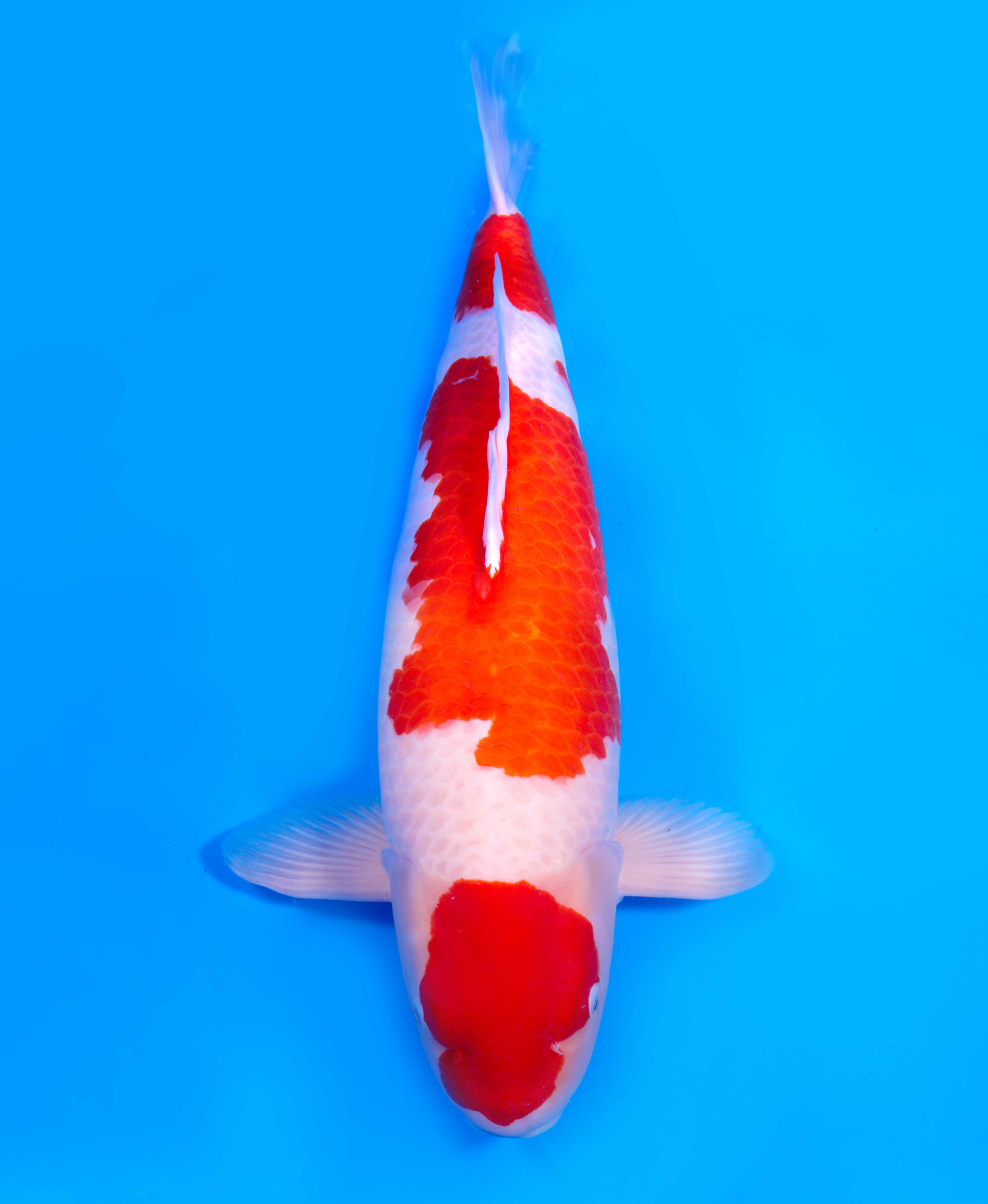Techniques for brocade carp culture, matters needing attention for dripping anaesthesia koi
For the treatment of koi trauma, perforated rotten meat and so on, we have to wipe off the rotten meat and then apply medicine. As the koi struggled fiercely and did not cooperate at all, we fish lovers did not have the heart to make great efforts to bind them, so there was only one way to anaesthetize them. Here, I would like to advise you to try not to use Dilu, Verus and so on. What works in it is p-chloro-m-xylenol. I don't have much research on this thing, but I always think that this thing is not suitable for anesthetized aquatic products, and the dosage is difficult to master, even if eugenol and MS222 are difficult to master, let alone this. For all of you who talk about precious fish, you might as well leave it to professionals to take care of it. If you really can't, you have to use specialized fish for stability.

OK, next I would like to talk about a few small mistakes that are easy to make in our own operation, resulting in the direct killing of the fish in the end. Of course, we still have to pay tribute to the master, but most fish friends are not. The question of dosage is not discussed here, but I think it is better to try as little as possible.
1. Poor state control. Don't wait for the fish to turn over before you treat it. Don't think that anaesthesia is the same as the state of a dead fish. These are all preconceived misconceptions. This is really the state. Nine times out of ten, the fish will say goodbye. Generally speaking, when you fish the fish into the anesthetic basin, he is frightened. If you shake your hand on the basin, no response is enough, and then poke it with your finger and walk slowly instead of running quickly.
2. The strength is not well mastered. Don't worry about the struggle of the fish. It is impossible to fix a normal carp more than 30 centimeters by pinching your fingers. If you hold it and fail to struggle to get rid of it, it will be fine. It is best to use a towel as an aid. When you decide to grab the basin, you have to be accurate, and you have to think about where to catch and where to expose the affected area in advance. Or go straight to the spot and hand it to the other hand with the towel. Remember, when you feel fixed, raise your hand out and don't fall to the ground again. If it is a big fish that cannot be operated by one hand, please call for help in advance.
3. Time control is not good. Action must be quick, wipe iodine, ointment, purple lotion, injection, things should be ready in advance, cotton swabs should be inserted in the liquid in advance, the lid of the ointment should be opened, and the liquid in the syringe should be drawn in advance. Pick it up and get it done in one go. In the middle of this, you should also pay attention to observation. if you find it difficult to breathe and the fish's mouth does not open and close, you should quickly stop and throw oxygen into the prepared water (but most of the difficult ones can not be saved).
4. Worry too much. For a while, I'm afraid of getting wet at home, getting my body wet, and getting my clothes dirty, so don't do it early.
.
- Prev

Koi are lying at the bottom of the tank, red nematode-parasite-koi disease and prevention-brocade carp-view
Red nematode, also known as uterine nematode, is called red nematode because of its slender body and bright red color, and the disease caused by red nematode is called red nematode disease. Red nematode can be divided into two kinds: carp red nematode and crucian carp red nematode. The following mainly introduces the characteristics of carp red nematode disease: carp red.
- Next

Areas needing attention in koi culture, bell worm-parasite-koi disease and control-brocade carp-view
Bell worm (VORTICELLA), also known as bell worm, cup worm, tongue cup worm, is a common kind of fixed ciliates in water. The bell-shaped worm is thick and thin in front and back, cup-shaped or trumpet-shaped, about 100~400UM (UM micron unit, 1000 micron = 1 mm).
Related
- On the eggshell is a badge full of pride. British Poultry Egg Market and Consumer observation
- British study: 72% of Britons are willing to buy native eggs raised by insects
- Guidelines for friendly egg production revised the increase of space in chicken sheds can not be forced to change feathers and lay eggs.
- Risk of delay in customs clearance Australia suspends lobster exports to China
- Pig semen-the Vector of virus Transmission (4)
- Pig semen-the Vector of virus Transmission (3)
- Five common causes of difficult control of classical swine fever in clinic and their countermeasures
- Foot-and-mouth disease is the most effective way to prevent it!
- PED is the number one killer of piglets and has to be guarded against in autumn and winter.
- What is "yellow fat pig"? Have you ever heard the pig collector talk about "yellow fat pig"?

